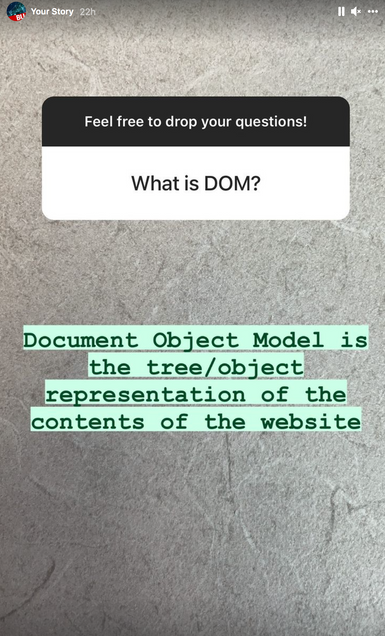A Deeper Look Into Cybersecurity
BY KYLEE NGUYEN
Cyberattacks are the fifth top-rated risk in 2020. It is estimated that cybercrime will cost companies worldwide an estimated $10.5 trillion annually by 2025. This year’s Cybersecurity Awareness Month celebrates its 18th anniversary by continuing to raise awareness about the importance of cybersecurity across the United States so that everyone is safer online.

To explore how social media can create opportunities for attackers to take advantage of unintended URLs to expose users to malicious content, Beliz Kalel, a Ph.D student in the College of Engineering and SeclaBU, recently designed a classifier to differentiate between intended and unintended URLs on Twitter. She has also published two other articles on the potential leakage of online collaboration services (OCS) and the privacy issues of the feature policy, specifically relating to camera, geolocation, and microphone. She works closely with Gianluca Stringhini, an Assistant Professor in the Department of Electrical and Computer Engineering and Junior Faculty Fellow at the Hariri Institute, and Manuel Egele, an Associate Professor in the Department of Electrical and Computer Engineering and Research Fellow at the Hariri Institute.
Kaleli took over the Hariri Institute’s Instagram to share the day in the life of a Ph.D student, and provided insights into cybersecurity. Check out our top four takeaways below.
1. The meaning of “DOM”
DOM, or Document Object Model, is the programming representing the web page so that programs can change the document structure, style, and content. DOM represents the document as objects, that way, programming languages can interact with the page.

2. Cloud security is becoming more important
Most organizations are using cloud computing in one form or another. However, many IT professionals are concerned when it comes to moving data and applications to the cloud due to security, governance and compliance issues. That is why cloud security has become increasingly important. Since preventing leaks and data theft is crucial for maintaining customers’ trust while protecting your company assets.

3. Broken Access Control is the #1 web application cybersecurity threat
Open Web Application Security Project (OWASP), a nonprofit foundation that works to improve the security of software, published a ranking of web application threats in 2021. Broken Access Control is when attackers bypass security safeguards and perform tasks as if they were privileged users.

4. Security and privacy support one another
Privacy relates to the rights you have to control your personal information and how it is used. For example, the privacy policies that you are asked to read and agree when downloading new apps on your phone. On the other hand, security refers to how your personal information is protected. Therefore, security is how we can maintain our privacy.

Interested in learning more about the research happening at the Hariri Institute? Sign up for our newsletter here.
